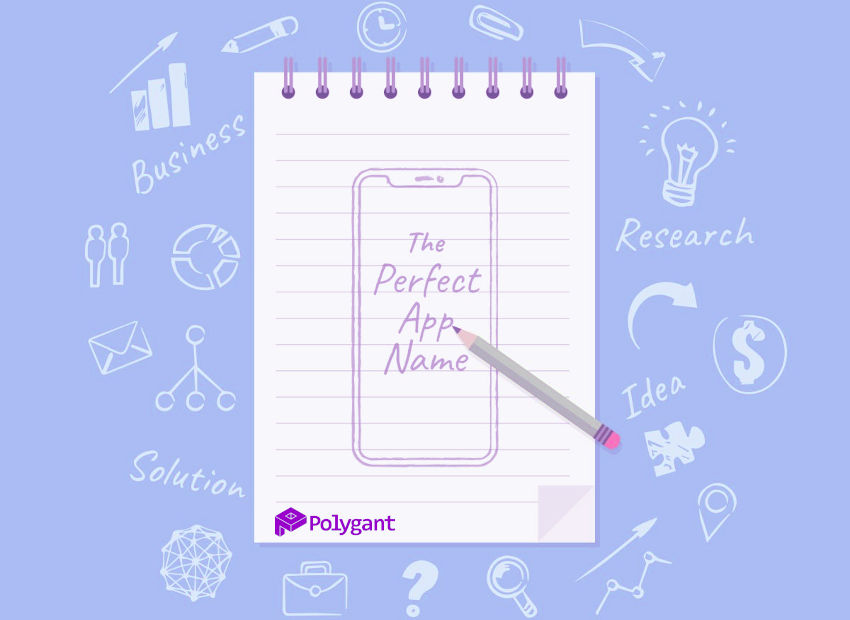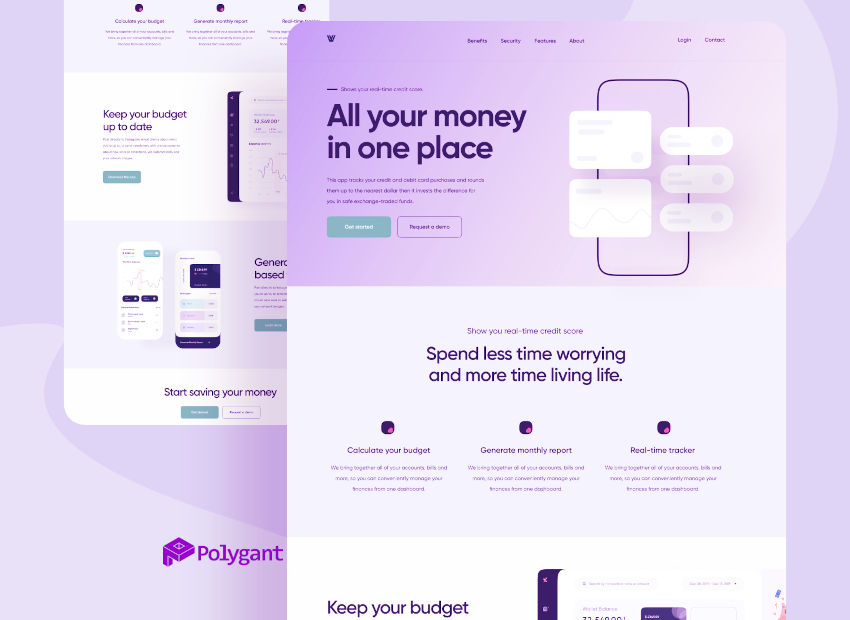In 2024, there were 2.3 million and 2 million apps in the Google Play and App Store digital distribution stores, respectively. In such a competitive environment, you have to do a little more than simply enter the market. We’ll share some tips on how to promote your mobile app.
Table of Contents
Choose a name that fits
The name of your mobile app is the first fundamental decision you need to make in order to get a step closer to success. It should be unique, easy to remember, and easy to say. To make it catchy, try to limit the length to 12-14 characters. Otherwise, users won’t even try to remember the name.
If possible, include important keywords describing the app in the name. You also need to keep in mind the language of your target audience: if future users are from English-speaking countries or from around the globe, then come up with an English name; if your potential audience is Russia and the CIS, then come up with a Russian name.
Make the icon and screenshots attractive
The icon you or designer draw for your mobile app should be attractive. It will also serve as the logo that users will associate with your brand. Make the icon a bit flashy and bright so it stands out from the thousands of others competing for the attention of those visiting Google Play and the App Store.
For this very same reason, put a bit more thought into your screenshots. They should be informative and visually striking to both clarify what it’s about and entice users.
If a store visitor is hesitating between one or another app, then most likely they’ll look at the screenshots the publisher has posted. So they can evaluate basic functionality before installation.
Work on the app description and keywords
A mobile app’s description is just as important to its success as screenshots. Just don’t go overboard because people are not used to reading long and continuous text on mobile devices. Break it up into paragraphs with headings, make lists of functions or features.
Also carefully select the keywords that define the app. Try to include items that visitors search for the most. Search query statistics will help you out in this painstaking task.
Take advantage of blog advertising
A good way to promote a mobile app is advertising via your blog. It makes sense to run ads on the blog a week before distribution to stores. This way you start informing people in advance about the app’s upcoming release and at the same time immediately establish feedback with future users. This will permit you to find out in time what functionality they need.
If you didn’t create the app yourself, but turned to mobile app developers, then arrange for them to advertise what they created for you on their blog. And if no one has their own website, then you can start a blog at the very beginning of development, where you’ll write posts about progress and updates. By the time the final release rolls around you’ll definitely have readers whose interest will already be piqued, especially if it is a game or something entertaining.
Create an attractive landing page
When promoting a mobile app, it’s advisable to create not only a blog, but also a landing page, or a lead capture page. There, clearly explain what’s remarkable about your app, describe the functionality available to users. In short, create a unique selling proposition.
A landing page can be hosted both inside a blog or website, or on a separate domain. Why is it needed at all if you have a main website? So you can direct traffic to it, bought in contextual advertising platforms. This traffic will convert better into instals if you send visitors to the landing page rather than to the main website where you usually post information about all your products.
Get involved on social media networks
Social media networks are unavoidable platforms via which you need to promote a mobile app in every way available. Most potential users have a profile on some kind of social media network, be it Facebook, Twitter, or Instagram.
Advertising on social media networks makes it possible to quickly and inexpensively promote the app. At a bare minimum, include links to pages in stores on all your personal and corporate profiles because it’s free. Then you can order paid posts with announcements, both before the launch and at the final release. And lastly, take advantage of the built-in advertising network, with either paid clicks or views of social media ads.
Create video tutorials
If you’ve created a simple mobile app, then you won’t need video tutorials for it — people will figure it out. But if it performs complex functions, such as accounting, then training videos will help explain to beginners how to use them.
The presence of instructions could be why users prefer your app over similar ones. Guides are even useful for mobile games, if they’re more complicated than clickers because they make it easier to have fun.
When recording tutorials, try to break them down into short videos of up to 10 minutes. Don’t try to fit explanations for several functions into one video. It’ll be easier if each tutorial reveals how a separate function operates.
Maintain constant feedback
For a mobile app to be successful and get positive reviews with high ratings, you need to keep in mind the needs and expectations of visitors to digital distribution stores. Therefore, take into account all complaints and suggestions, not only on Google Play and the App Store, but also on social media channels.
If you listen to users’ opinions, this’ll allow you to improve the app, as well as your reputation as a developer or publisher. It’ll also help with the first updates to implement the most necessary items that you might have missed.


 Telegram
Telegram 
